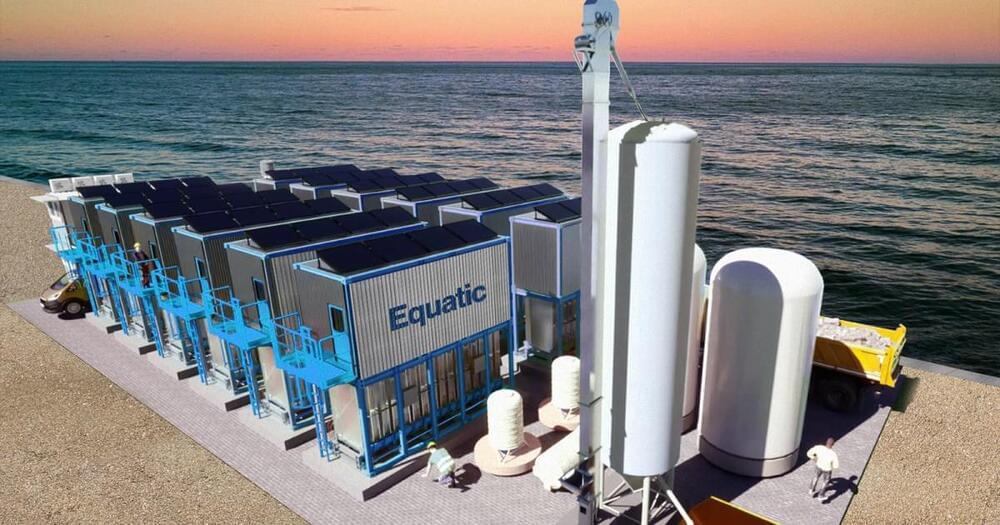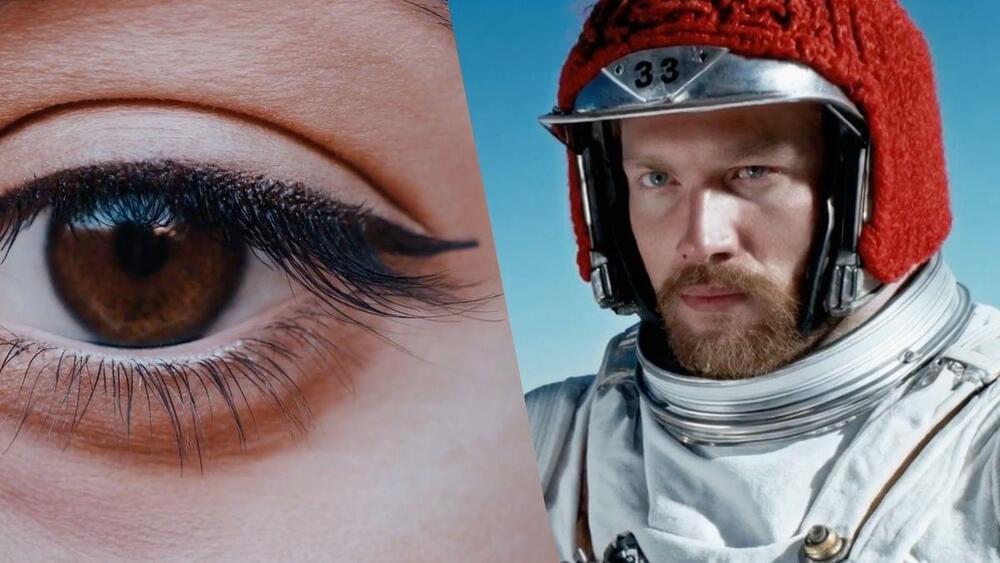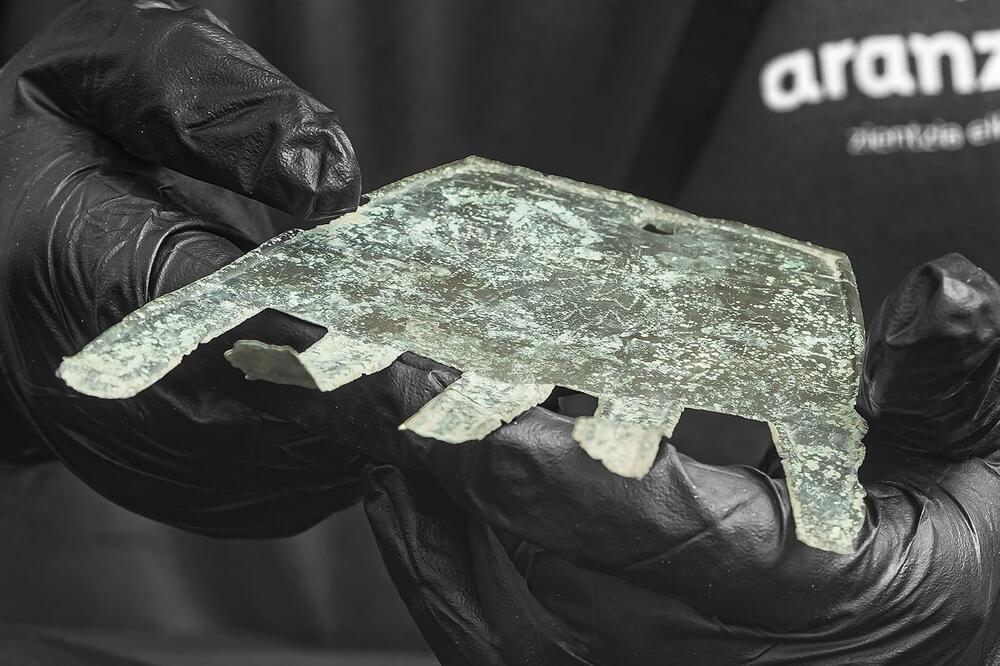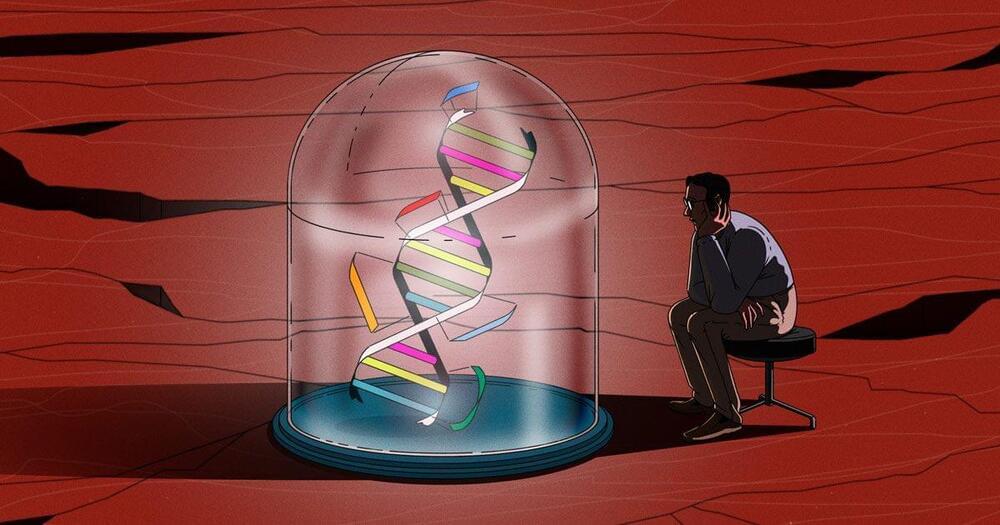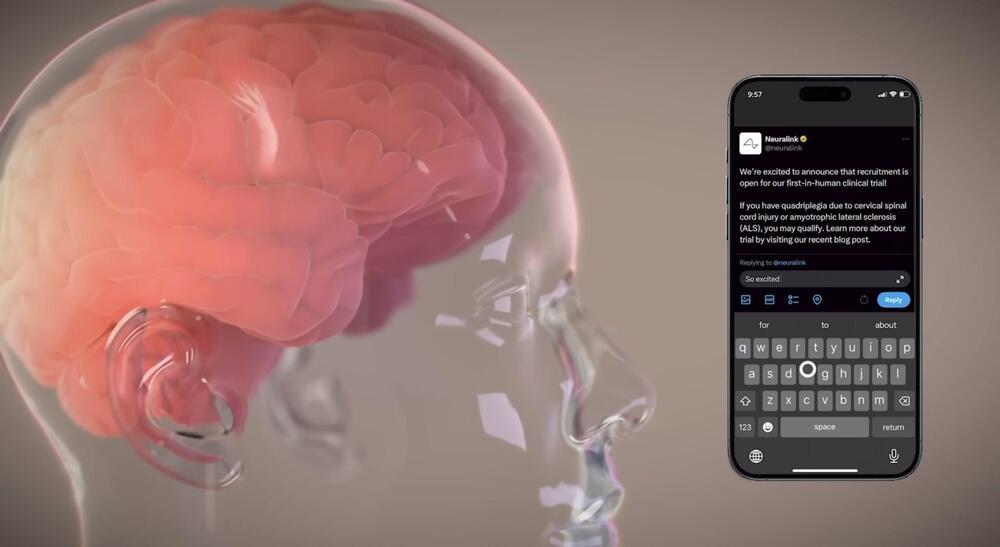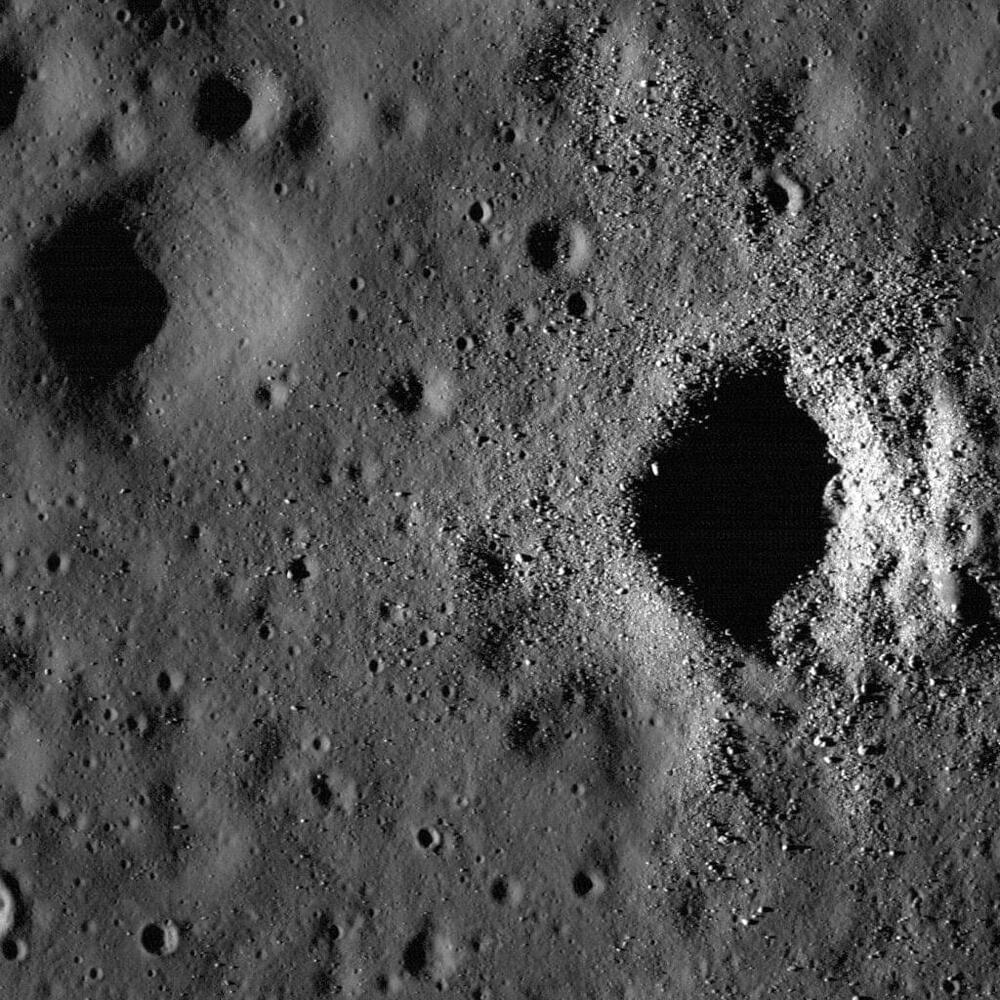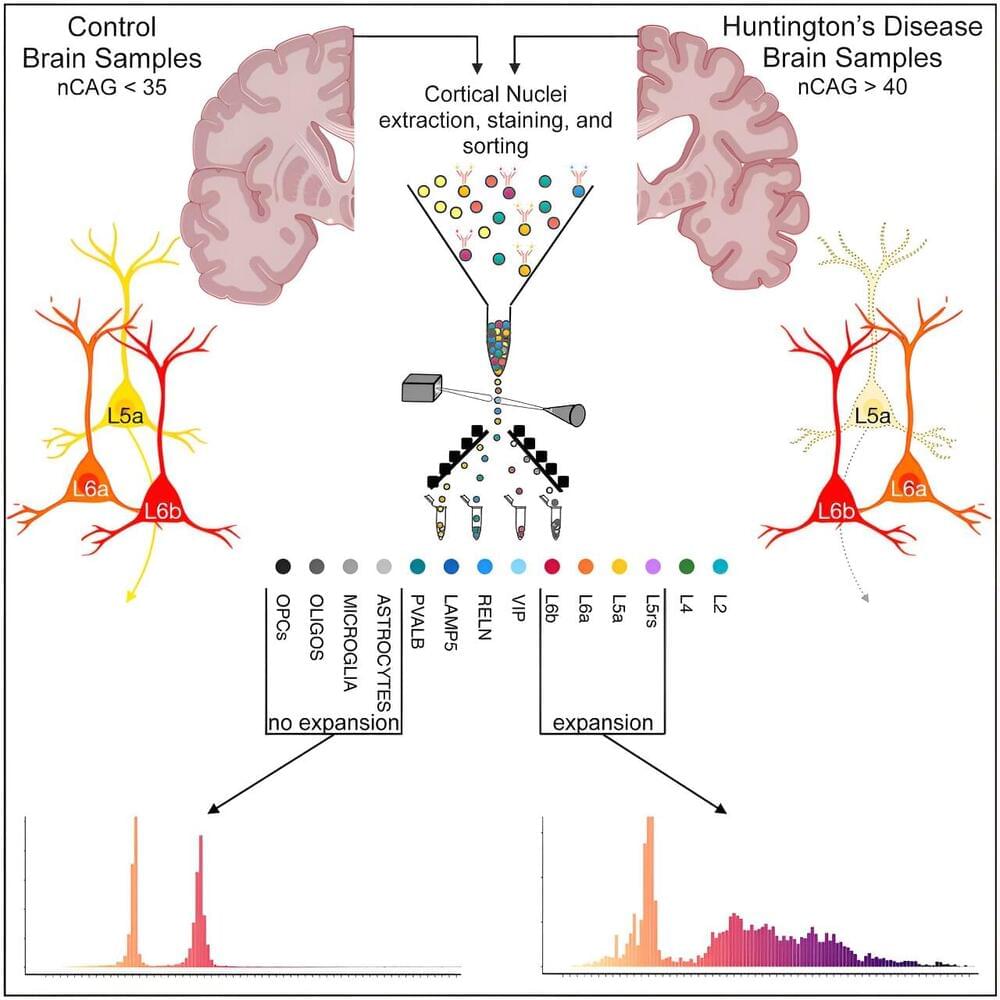Page 1082
Feb 20, 2024
Minesto Underwater “Kite” Begins Delivering Electricity To Faroe Islands
Posted by Shailesh Prasad in category: futurism
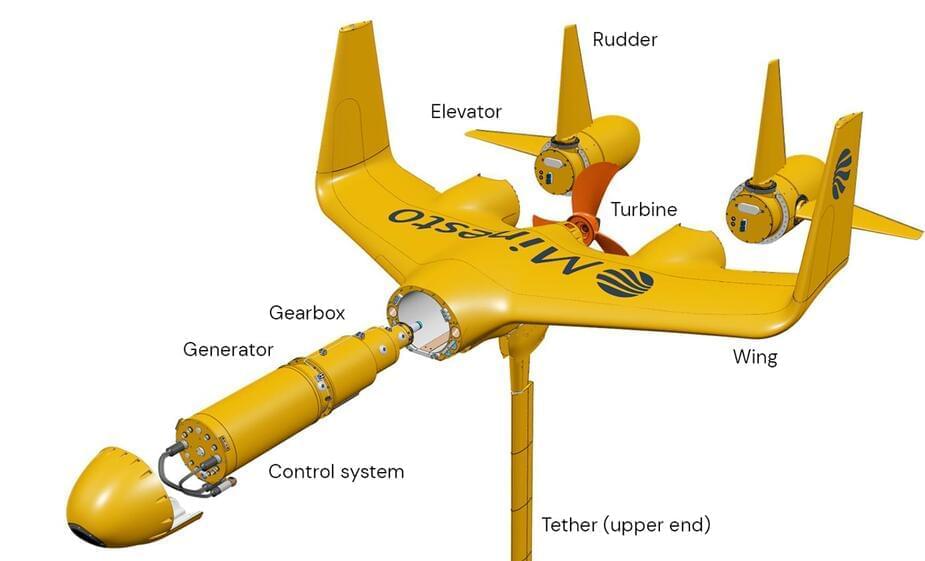
Minesto has begun supplying electricity to the Faroe Islands generated by its Dragon 12 underwater ‘flying’ generator.
Feb 20, 2024
This startup’s tech turns CO2 into seashell dust
Posted by Shailesh Prasad in categories: climatology, sustainability
UCLA spinout Equatic has developed a carbon removal technology it believes can help the world meet its climate change goals — by converting CO2 in the ocean into seashell dust.
The challenge: To prevent the worst predicted effects of climate change, experts say we need to not only slash our carbon emissions, but also remove and permanently store some of the CO2 that’s already been released.
The ocean does this naturally: it already absorbs about 31% of human-made carbon emissions, but there’s a limit to the amount of CO2 that seawater can absorb before it starts to release the carbon back into the atmosphere. Absorbing CO2 from the air also causes ocean acidification, resulting in further environmental damage.
Feb 20, 2024
11 mind-blowing OpenAI Sora videos that show it’s another ChatGPT moment for AI
Posted by Shailesh Prasad in category: robotics/AI
Feb 20, 2024
Mysterious ancient language revealed on bronze hand from 2,100 years ago
Posted by Genevieve Klien in category: futurism
The artifact may help to unravel the origins of the most enigmatic language still spoken in Europe today, with its possible link to Basque.
Feb 20, 2024
Gene Therapy Makers Struggle to Find Patients for Miracle Cures
Posted by Genevieve Klien in category: finance
BioMarin’s hemophilia treatment had only one US patient last year, as drug pioneers discover that scientific achievement doesn’t guarantee financial success.
Feb 20, 2024
Microsoft to expand its AI infrastructure in Spain with $2.1 billion investment
Posted by Genevieve Klien in category: robotics/AI
U.S. software giant Microsoft will expand its artificial intelligence (AI) and cloud infrastructure in Spain through an investment of $2.1 billion in the next two years, the company’s Vice Chair and President Brad Smith said in a post on social media site X.
Feb 20, 2024
Elon Musk shares update on Neuralink’s first human patient
Posted by Genevieve Klien in categories: biotech/medical, computing, Elon Musk, neuroscience
Elon Musk shared an update on Neuralink’s first human patient and their experience with the N1 chip.
The first human Neuralink patient seems to have made a full recovery with no ill effects and is able to control the mouse around the screen just by thinking, said Elon Musk during an apparent on X Spaces.
Musk added that Neuralink continuously observes the patient’s ability to use the N1 brain implant. The patient is currently tasked to click on the mouse button as often as possible.
Feb 20, 2024
Understanding the Moon’s History with Chang’e-5 Sample
Posted by Natalie Chan in categories: materials, space travel
The lunar sample returned by China’s 2020 lunar mission contained minerals that provide clues to their origin. China’s Chang’e-5, the first lunar sample return mission since the Soviet Union’s Luna 24 in 1976, delivered 1.73 kilograms of regolith from the Oceanus Procellarum, a plane named for its vast size. The sample landed with CE-5 in late 2020 and included a new mineral, Changesite-(Y), as well as a perplexing combination of silica minerals. Researchers now compare CE-5’s material composition to other lunar and Martian regolith samples and examine potential causes and origins for the lunar sample’s unique makeup.
Earth’s moon achieved its Swiss cheese appearance from celestial objects crashing into its surface, forming impact craters. But craters weren’t all that was left behind; the intense pressure and temperature of such a collision also impacts the rocks and dust covering the lunar surface, known as regolith, altering its mineral composition and structure. Analyzing the resulting minerals provides modern researchers clues to the moon’s past.
China’s Chang’e-5, the first lunar sample return mission since the Soviet Union’s Luna 24 in 1976, delivered 1.73 kilograms of regolith from the Oceanus Procellarum, a plane named for its vast size.
Feb 20, 2024
New technique for revealing genetic repeats yields surprising insights into Huntington’s disease
Posted by Shubham Ghosh Roy in categories: biotech/medical, genetics, neuroscience
Neurodegenerative diseases are among the most complex human ailments, and their exact causes and mechanisms are the subject of ongoing research and debate. When it comes to Huntington’s disease, steadily accumulating evidence over the past 30 years has led to a model of molecular events that explains several key features of the disease, including why it has an earlier onset in some people and why it causes symptoms such as involuntary movements and mood swings.
But two new complementary papers from The Rockefeller University suggest that this may not be the whole story.
Huntington’s is caused by somatic CAG expansions in which a triplet repeat of DNA bases in a mutated Huntingtin (mHTT) gene increase in number throughout life, leading to cell death. As described in Nature Genetics and in Neuron, the Rockefeller scientists used a custom technique to reveal that these genetic repeats are unstable, and likely producing more toxic proteins, only in select brain cell types. Moreover, some cells they studied proved surprisingly resilient to CAG repeat expansion.

